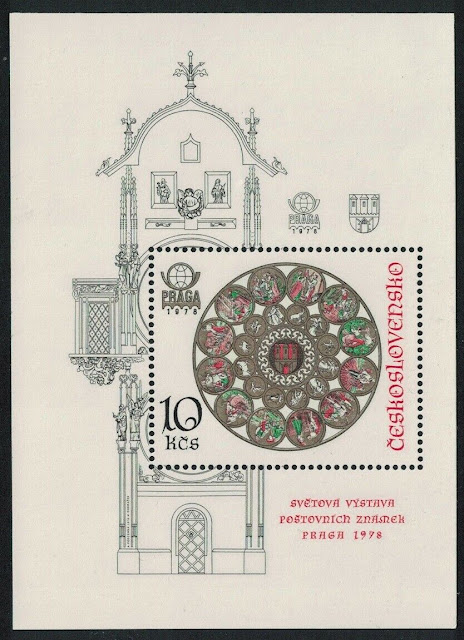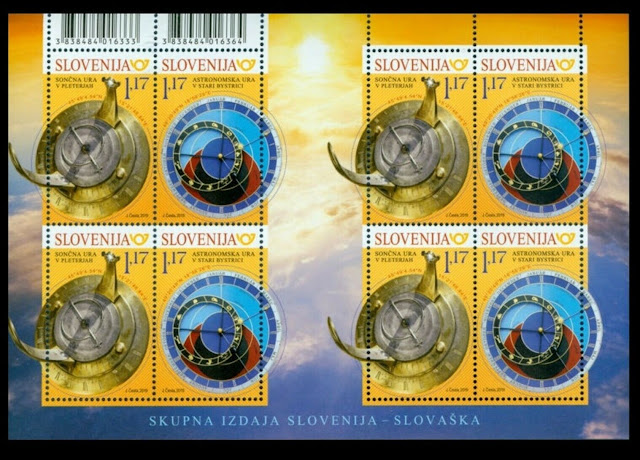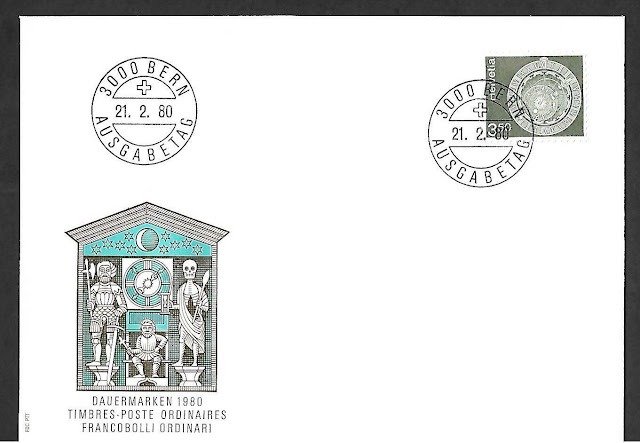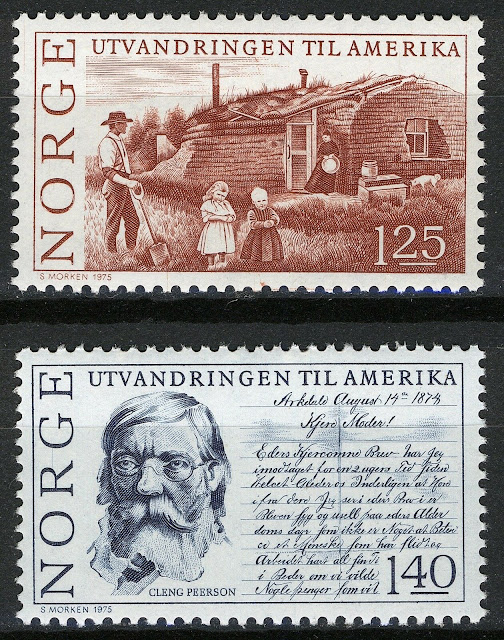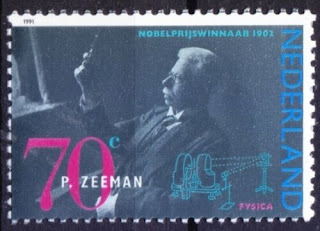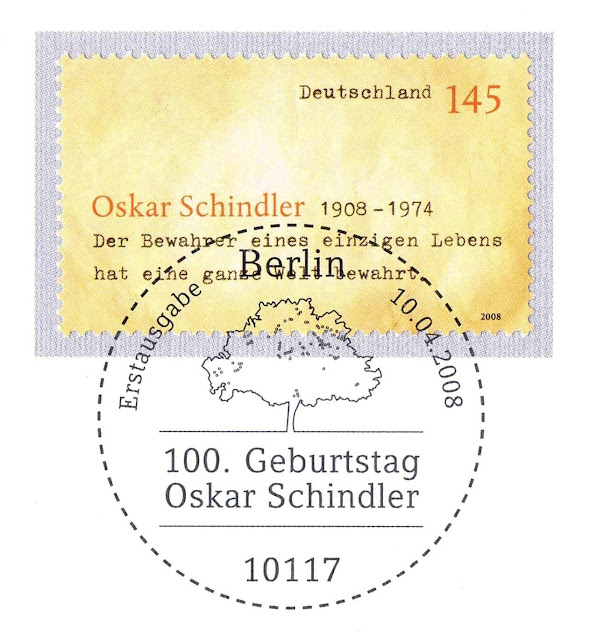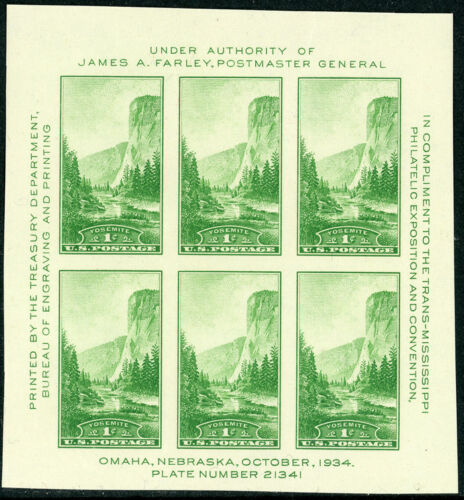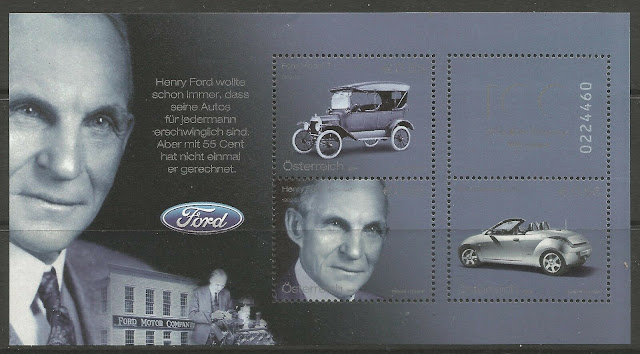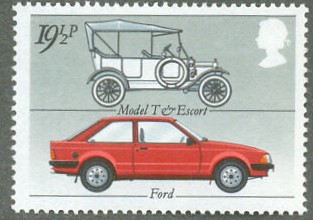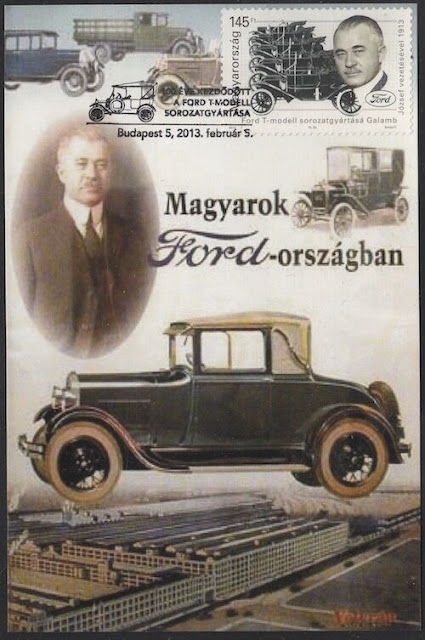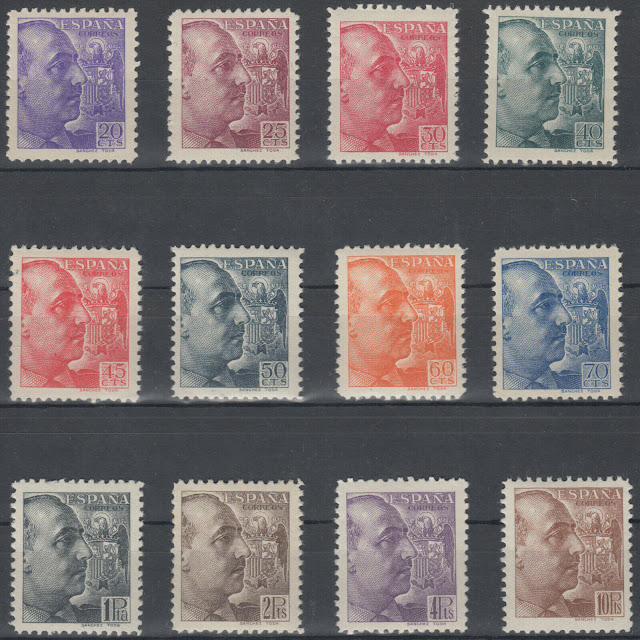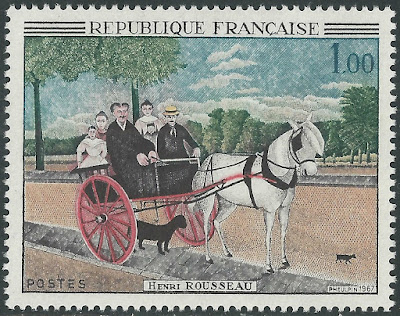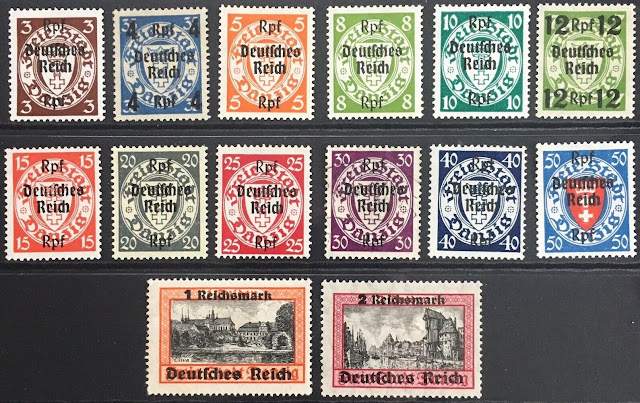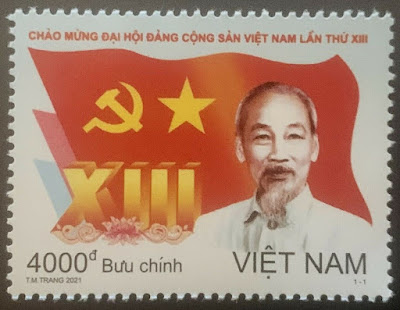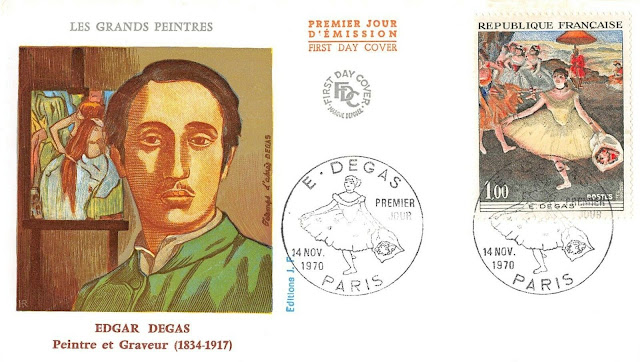1410 – The first known mention of the Prague astronomical clock.
The Prague Astronomical Clock, or Prague Orloj (Czech: Pražský orloj [praʃskiː orloj]), is a medieval astronomical clock located in Prague, the capital of the Czech Republic.
The clock was first installed in 1410, making it the third-oldest astronomical clock in the world and the oldest clock still operating.
The oldest part of the Orloj, the mechanical clock and astronomical dial, dates back to 1410 when it was made by clockmaker Mikuláš of Kadaň and Jan Šindel, then later a professor of mathematics and astronomy at Charles University. The first recorded mention of the clock was on 9 October 1410. Later, presumably around 1490, the calendar dial was added and the clock facade was decorated with gothic sculptures.
Formerly, it was believed that the Orloj was constructed in 1490 by clockmaster Jan Růže (also called Hanuš); this is now known to be a historical mistake. A legend, recounted by Alois Jirásek, has it that the clockmaker Hanuš was blinded on the order of the Prague Councillors so that he could not repeat his work; in turn, he disabled the clock, and no one was able to repair it for the next hundred years.
In 1552 it was repaired by Jan Taborský (ca 1500–1572), master clockmaker of Klokotská Hora, who also wrote a report of the clock where he mentioned Hanuš as the maker of this clock. This mistake, corrected by Zdeněk Horský, was due to an incorrect interpretation of records from the period. The mistaken assumption that Hanuš was the maker is probably connected with his reconstruction of the Old Town Hall in the years 1470–1473. The clock stopped working many times in the centuries after 1552, and was repaired many times. The legend was used as the main plot in the animated movie Goat story - The Old Prague Legends
In 1629 or 1659 wooden statues were added, and figures of the Apostles were added after a major repair in 1787–1791. During the next major repair in the years 1865–1866 the golden figure of a crowing rooster was added.
Stamps from Czechoslovakia, Slovenia and Switzerland depicting the astronomical clock located in Prague
1825 – Restauration arrives in New York Harbor from Norway, the first organized immigration from Norway to the United States.
On what is considered the first organized emigration from Norway to the United States, Restauration set sail from Stavanger on July 4, 1825, with 52 people aboard, many of them Norwegian Quakers. Probably many of this group belonged to a similar local movement, the Haugeans, a Lutheran sect which derived its name from Hans Nielsen Hauge. The group, led by Cleng Peerson, landed in New York City on October 9, 1825, after a three-month voyage. The voyage is described in Ole Rynning's Amerika-boka (The America Book, 1838).
For a vessel of her size Restauration had far more passengers on board than were allowed by American law. This resulted in a severe fine, confiscation of the ship and the arrest of the captain, L. O. Helland. The situation was solved when President John Quincy Adams pardoned the captain on 15 November, released him and the ship, and rescinded the fine. The people who made this voyage, who are sometimes referred to as the "Sloopers," moved onward to their first settlement in Kendall, Orleans County, New York
The United States Post Office issued two stamps commemorate the 1825 arrival. The 2-cent stamp has for its central design a ship representing Restauration. The illustration on the two cent stamp is an artist's rendition of what Restauration probably looked like based on a drawing of its sister ship.
The 5-cent stamp has for its central design a Viking ship. This design is from a photograph of Viking which sailed from Norway to Chicago for the Columbian Exposition of 1893. The design on the 5-cent stamp was from a photograph of an exact size replica of Viking. A flag of the United States is seen waving from the bow of the ship. That ship was a replica of the Gokstad ship on display in the Viking Ship Museum in Oslo.
Hermann Emil Louis Fischer (9 October 1852 – 15 July 1919) was a German chemist and 1902 recipient of the Nobel Prize in Chemistry. He discovered the Fischer esterification. He also developed the Fischer projection, a symbolic way of drawing asymmetric carbon atoms. He also hypothesized lock and key mechanism of enzyme action. He never used his first given name, and was known throughout his life simply as Emil Fischer.
In 1875, the year following his engagement with von Baeyer, he published his discovery of the organic derivatives of a new compound of hydrogen and nitrogen, hydrazine. He investigated their derivatives, establishing their relation to the diazo compounds, and he noted the readiness with which they entered into combination with other substances, giving origin to a wealth of hitherto unknown compounds. Of such condensation products undoubtedly the most important are the hydrazones, which result from the interaction with aldehydes and ketones. His observations, published in 1886, that such hydrazones, by treatment with hydrochloric acid or zinc chloride, yielded derivatives of indole, the parent substance of indigo, were a confirmation of the views advanced by von Baeyer on the subject of indigo and the many substances related to it.
He next turned to the fuchsine (then called "rosaniline") magenta dyes, and in collaboration with his cousin Otto Fischer, he published papers in 1878 and 1879 which established that these dyes were derivatives of triphenylmethane. Emil Fischer's next research was concerned with compounds related to uric acid. Here the ground had been broken by von Baeyer, but Fischer greatly advanced the field of knowledge of the purines. In 1881 and 1882 he published papers which established the formulae of uric acid, xanthine, caffeine (achieving the first synthesis), theobromine and some other compounds of this group. After purine itself was isolated, a variety of derivatives were prepared, some of which were patented in view of possible therapeutical applications.
Fischer is particularly noted for his work on sugars. Among his early discoveries related to hydrazine was that phenylhydrazine reacted with sugars to form substances which he named osazones, and which, being highly crystalline and readily formed, served to identify such carbohydrates more definitely than had been previously possible. Later, among other work, he is noted for the organic synthesis of D-(+)-glucose. He showed how to deduce the formulae of the 16 stereoisomeric glucoses, and prepared several stereoisomerides, helping to confirm the Le Bel–Van 't Hoff rule of the asymmetric carbon atom.
In the field of enzymology, Fischer is known for his proposal of "the lock and key" model as a mechanism of substrate binding.
Fischer was also instrumental in the discovery of barbiturates, a class of sedative drugs used for insomnia, epilepsy, anxiety, and anesthesia. Along with the physician Josef von Mering, he helped to launch the first barbiturate sedative, barbital, in 1904. He next carried out pioneering work on proteins. By the introduction of new methods, he succeeded in breaking down the complex albumins into amino acids and other nitrogenous compounds, the constitutions of most of which were known, and by bringing about the recombination of these units, he prepared synthetic peptides which approximated to the natural products. His researches made from 1899 to 1906 were published in 1907 with the title Untersuchungen über Aminosauren, Polypeptides und Proteine.
In 1897 he put forward the idea to create the International Atomic Weights Commission. Fischer was elected a Foreign Member of the Royal Society (ForMemRS) in 1899. He was awarded the 1902 Nobel Prize in chemistry "in recognition of the extraordinary services he has rendered by his work on sugar and purine syntheses."
Many names of chemical reactions and concepts are named after him:
- Fischer indole synthesis
- Fischer projection
- Fischer oxazole synthesis
- Fischer peptide synthesis
- Fischer phenylhydrazine and oxazone reaction
- Fischer–Speier esterification
- Fischer glycosidation
- Kiliani–Fischer synthesis
Stamp issued by Guinea Bissau depicting Emil Fischer
1953 Died: Pieter Zeeman, Dutch physicist and academic, Nobel Prize laureate (b. 1865 )
Pieter Zeeman (25 May 1865 – 9 October 1943) was a Dutch physicist who shared the 1902 Nobel Prize in Physics with Hendrik Lorentz for his discovery of the Zeeman effect
After Zeeman passed the qualification exams in 1885, he studied physics at the University of Leiden under Kamerlingh Onnes and Hendrik Lorentz. In 1890, even before finishing his thesis, he became Lorentz's assistant. This allowed him to participate in a research programme on the Kerr effect. In 1893 he submitted his doctoral thesis on the Kerr effect, the reflection of polarized light on a magnetized surface. After obtaining his doctorate he went for half a year to Friedrich Kohlrausch's institute in Strasbourg. In 1895, after returning from Strasbourg, Zeeman became Privatdozent in mathematics and physics in Leiden. The same year he married Johanna Elisabeth Lebret (1873–1962); they had three daughters and one son.
In 1896, shortly before moving from Leiden to Amsterdam, he measured the splitting of spectral lines by a strong magnetic field, a discovery now known as the Zeeman effect, for which he won the 1902 Nobel Prize in Physics. This research involved an investigation of the effect of magnetic fields on a light source. He discovered that a spectral line is split into several components in the presence of a magnetic field. Lorentz first heard about Zeeman's observations on Saturday 31 October 1896 at the meeting of the Royal Netherlands Academy of Arts and Sciences in Amsterdam, where these results were communicated by Kamerlingh Onnes. The next Monday, Lorentz called Zeeman into his office and presented him with an explanation of his observations, based on Lorentz's theory of electromagnetic radiation.
The importance of Zeeman's discovery soon became apparent. It confirmed Lorentz's prediction about the polarization of light emitted in the presence of a magnetic field. Thanks to Zeeman's work it became clear that the oscillating particles that according to Lorentz were the source of light emission were negatively charged, and were a thousandfold lighter than the hydrogen atom. This conclusion was reached well before J. J. Thomson's discovery of the electron. The Zeeman effect thus became an important tool for elucidating the structure of the atom.
In 1898 Zeeman was elected to membership of the Royal Netherlands Academy of Arts and Sciences in Amsterdam, and he served as its secretary from 1912 to 1920. He won the Henry Draper Medal in 1921, and several other awards and Honorary degrees. Zeeman was elected a Foreign member of the Royal Society (ForMemRS) in 1921. He retired as a professor in 1935.
Zeeman died on 9 October 1943 in Amsterdam, and was buried in Haarlem.
Dutch stamps depicting Zeeman
Oskar Schindler (28 April 1908 – 9 October 1974) was a German industrialist and a member of the Nazi Party who is credited with saving the lives of 1,200 Jews during the Holocaust by employing them in his enamelware and ammunitions factories in occupied Poland and the Protectorate of Bohemia and Moravia. He is the subject of the 1982 novel Schindler's Ark and its 1993 film adaptation, Schindler's List, which reflected his life as an opportunist initially motivated by profit, who came to show extraordinary initiative, tenacity, courage, and dedication to save the lives of his Jewish employees.
In 1939, Schindler acquired an enamelware factory in Kraków, Poland, which employed at the factory's peak in 1944 about 1,750 workers, of whom 1,000 were Jews. His Abwehr connections helped Schindler protect his Jewish workers from deportation and death in the Nazi concentration camps. As time went on, Schindler had to give Nazi officials ever larger bribes and gifts of luxury items obtainable only on the black market to keep his workers safe.
Schindler moved to West Germany after the war, where he was supported by assistance payments from Jewish relief organisations. After receiving a partial reimbursement for his wartime expenses, he moved with his wife Emilie to Argentina, where they took up farming. When he went bankrupt in 1958, Schindler left his wife and returned to Germany, where he failed at several business ventures and relied on financial support from Schindlerjuden ("Schindler Jews")—the people whose lives he had saved during the war. He died on 9 October 1974 in Hildesheim, Germany, and was buried in Jerusalem on Mount Zion, the only member of the Nazi Party to be honoured in this way. He and his wife Emilie were named Righteous Among the Nations by the Israeli government in 1993.
German stamp issued for the 100th birthday of Oskar Schindler
